MudStop™ Protects Grass Areas from Vehicular and Pedestrian Damage
MudStop™ is specifically designed to provide long-term and dependable protection from damage that occurs to grass when vehicles drive or park on the surface. Additionally, MudStop™ can be installed on pathways or other areas where pedestrians walk to reduce the wear and tear on both dirt or grass areas
MudStop™ HG
Heavy-Grade Grass Protection Mesh

MudStop™ HG: Start Parking, Stop Mud.
MudStop™ HG is the ideal solution to stopping muddy ruts from forming from vehicle tires. The ultra-reinforced mesh is engineered to withstand the downward pressure from heavy vehicle tires and protects the root zone of your grass from damage due to rutting.
Ultra-Reinforced
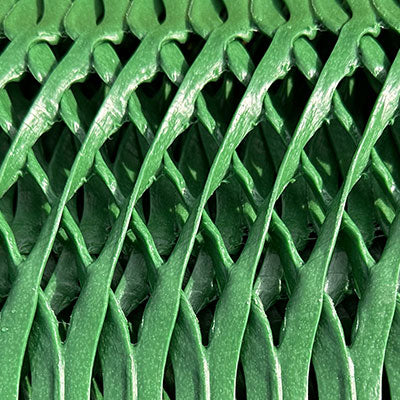
UV Resistant

Easy to Install

Safe for Pets

Increases Traction
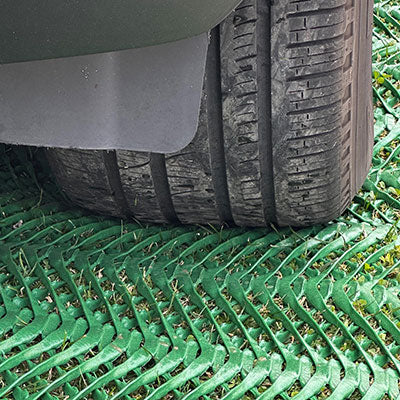
MudStop™ Protects Grass Areas from Vehicular and Pedestrian Damage
MudStop™ is specifically designed to provide long-term and dependable protection from damage that occurs to grass when vehicles drive or park on the surface. Additionally, MudStop™ can be installed on pathways or other areas where pedestrians walk to reduce the wear and tear on both dirt or grass areas
MudStop™ HG
Heavy-Grade Grass Protection Mesh

MudStop™ HG: Start Parking, Stop Mud.
MudStop™ HG is the ideal solution to stopping muddy ruts from forming from vehicle tires. The ultra-reinforced mesh is engineered to withstand the downward pressure from heavy vehicle tires and protects the root zone of your grass from damage due to rutting.
Ultra-Reinforced

UV Resistant

Easy to Install

Safe for Pets

Increases Traction

A Mud-Proof Lawn Starts with a Healthy Lawn
MudStop™ HG provides a dependable protection layer to your lawn however the key to a aesthetically pleasing mud-free installation begins with planing grass correctly and ensuring proper grown prior to installation of MudStop™ HG. The following are some general tips to get you started.
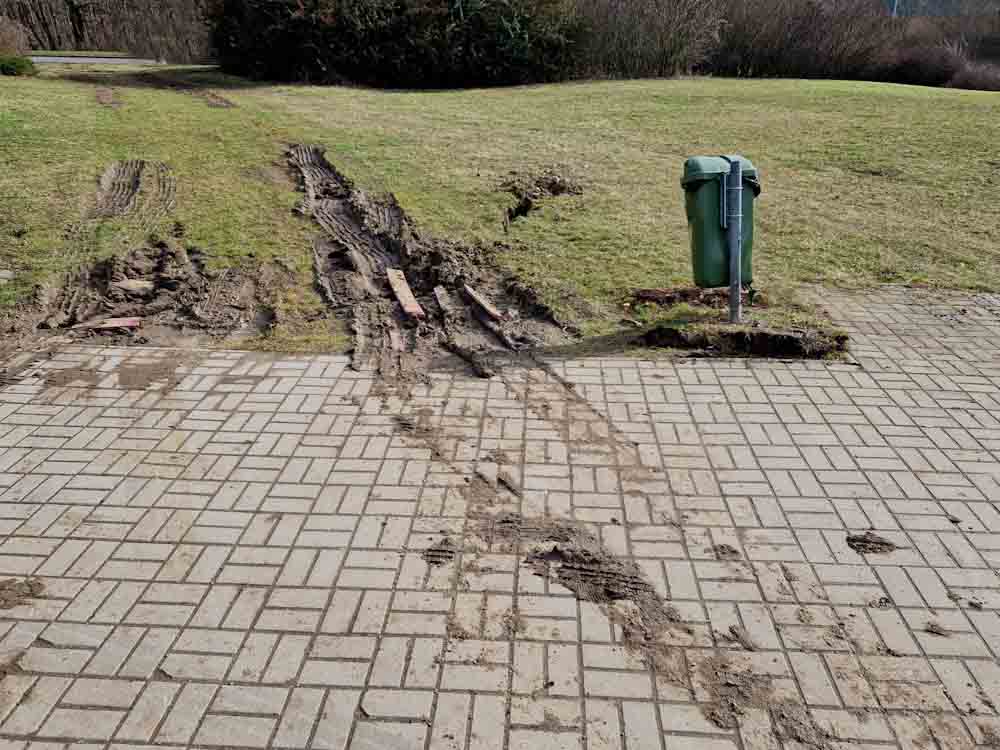
Rutted, Muddy Backyard
How Long Will It Take For A High-Quality Grass Seed To Grow?
That's not an easy question because there are several variables that come into play such as your location, the climate, how much sun you get yearly, the kind of soil you are working with, and whether or not you have an excellent source of water.
Speaking of climate, if you live in a cooler climate you will be working with cool-season grasses such as Kentucky bluegrass, fine fescue, perennial ryegrass, and tall fescue. If your climate is on the opposite end of the pole and you are living in a warm climate, you will be working with warm-season grasses such as St. Augustine, Bermuda, and Zoysia grasses.
When choosing the right seed for your yard, look for seeds that are drought tolerant, disease resistant, and what their maintenance level is. If you have a lot of things on your plate, a grass demanding high maintenance will probably not work well for you. Choose the right grass for your project from the beginning not when you're halfway through it.
Different Kinds Of Grasses And What Might Work Best
Understanding the different kinds of grasses is extremely important to make the best choice for you. Reading up on what kind of grass is right for your area is a good idea but there are many other factors you must be familiar with such as the average temperature or the soil in your area. We will give you a simple overview but not bog you down with too much information all at once.
Kentucky Bluegrass – This is one of the most popular grasses in the Northern states. Its beautiful rich green texture will turn your neighbors green with envy -(No Pun Intended). It requires a fair share of maintenance but not too much. The good news, it's drought tolerant which is better than some other grasses.
Tall Fescue – This grass is very flexible and adapts to different soils and climates. This grass is not only durable but can handle heavy foot traffic such as from children and pets!. Your yard will be easy to maintain and look great for a very long time.
Bermuda Grass – This is a very popular grass in Southern states with hot, sunny climates. Due to its dense growth, it will keep down weeds and can easily handle droughts. Because this grass grows very fast it will require more maintenance and mowing. Its growth rate is higher with 8 + hours of direct sunlight.
Perennial Ryegrass - Ryegrass is known to germinate in less than 7 to 14 days and continues to grow very fast This seed is considered the best for lawns dealing with heavy foot traffic and even more so when blended with Kentucky Bluegrass.
St. Augustine Grass – This grass thrives in warm, coastal areas. Unlike other grasses, St. Augustine lawns are established using vegetation propagation with sod or plugs. They produce the same results just at different times. Like Bermuda grass or St Augustine requiring a lot of sunlight to maintain color and health.
For those who want lush, thick, quick-growing lawns, Bermuda grass, Perennial Ryegrass, and Annual Ryegrass. These grasses are fast growers in hot, sunny environments. Bermuda grass offers hardiness and speed. That said, these grasses will require a great deal more mowing, watering, and over-seeding in the spring and fall.

Sod Rolls on Skid Steer
The Differences In Grass Growth Rates
Seed grass comes in many varieties and therefore it's pretty obvious their growing rates will vary from one type to another. That said, it is important to understand the differences to plan and get the results you want from your lawn. A good example is Kentucky Bluegrass. This grass is very popular due to its fine texture lush, and dense growth. Kentucky Bluegrass will take a longer period of time to germinate. Germination is approximately 14 to 30 days but many landscapers believe it's well worth the time.
Bermuda grass is an excellent choice for warmer climates because it's heat drought resistant and will germinate slightly faster and under excellent conditions this grass will sprout between 10 to 15 days.
Germination is the first stage in the process ranging from 5 to 30 days. After germination, seedlings will need more time to completely establish and develop into a mature lawn. The establishment period will usually take a few more weeks.
Perennial Ryegrass is a chosen grass for overseeding in lawns that exist. In new projects,, germination can easily take place within 5 to 10 days.
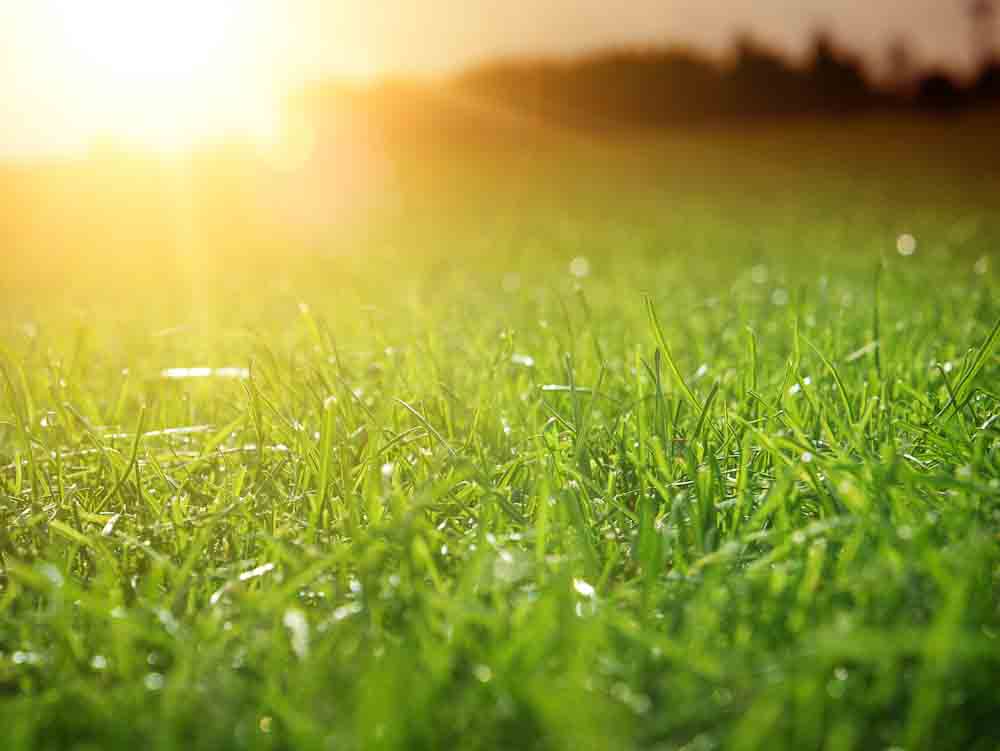
Healthy Grass Growing
Pay close attention to the various factors that can influence growth rates such as the climate, soil conditions, watering, and don't forget the quality of the grass seed! Different kinds of grass seed require different requirements and preferences. Warm-season grasses like Bermuda grass thrive in hot climates while cool grasses live in cooler conditions like Kentucky Bluegrass.
You must allow a significant amount of time to let the grass grow and establish. Do Not Rush or expect immediate results. Focus on good care and attention to ensure healthy growth. Mow on a regular basis, improve your mowing skills, and fertilize using the correct applications. Care and attention will help you create a lush vibrant lawn no matter how long it takes for the grass to grow.
Selecting The Right Seed For The Right Lawn
Sun exposure, climate, the level of maintenance, abundance of water, foot traffic, and other factors will guide you to the right seed for the right lawn.
Across the board, Kentucky Bluegrass, Tall Fescue, and Bermuda grass are the best choices for most lawns. Kentucky Bluegrass is the most popular for its classic looks on lawns. Fall Fescue is a chosen favorite for its outstanding durability and Bermuda will give you excellent coverage and is considered a leader in resisting drought.
To add a new look to your lawn, mix the different seeds This will give your lawn added strength from the multiple kinds of grass and have fewer weaknesses. As an example, if you blend the seeds from Kentucky Bluegrass and Perennial Ryegrass, you might have the incredible beauty found in Bluegrass along with a growing rate that surpasses Ryegrass.
If you want a lawn that looks like a rich dense golf course, The grasses you should look into are cool-season grasses including Perennial Ryegrass, Bentgrass, and Fine Fescue. All three tolerate short heights when mowing while creating a thick grass carpet.

Large Lawn in Backyard
The Best Seeds For Your Climate
Fully understanding the type of grass seed also means knowing your local climate and environmental conditions.
In the Northern states, cool-season grasses like Kentucky Bluegrass, Tall Fescue, and Perennial Ryegrass are at the top of the list. Some factors include continual care and maintenance to develop a lush beautiful lawn.
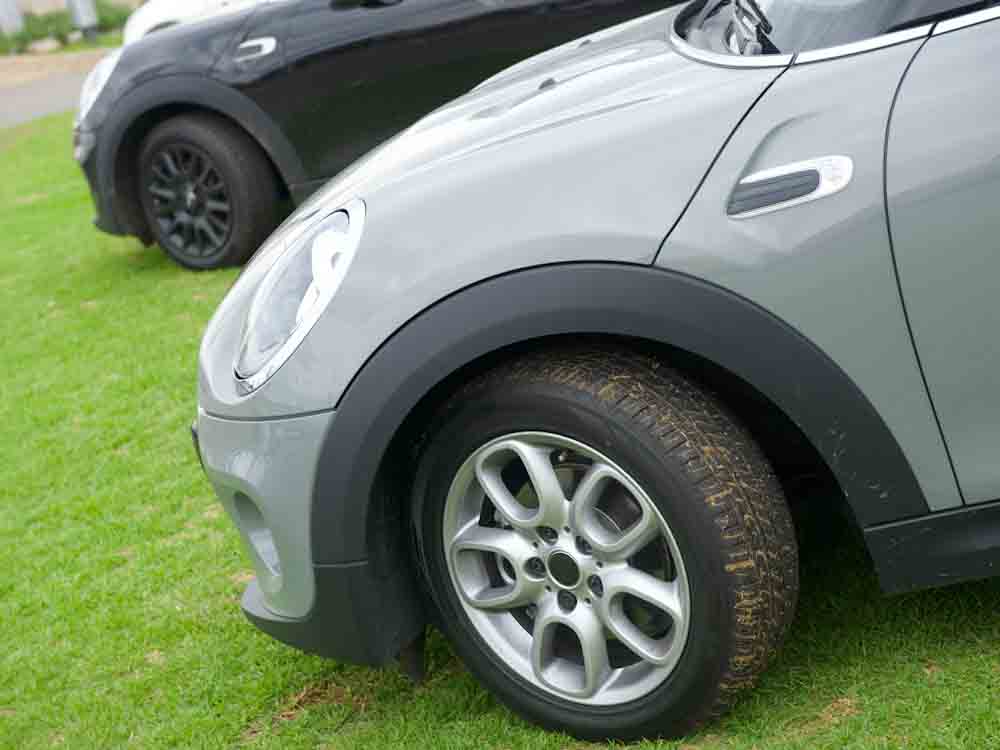
Car Parking Lot with Grass
Regular watering, required fertilization, and proper mowing, along with disease and pest control will make a huge impact on the condition of your lawn.
Every seed you plant might be the success of your future lawn. The best seeds for your lawn will be one that aligns with what you want in a lawn The visual image you hold and the local conditions you live in will guide you to the lawn you are craving..
In A Nutshell
It's getting to be that time of year for new projects. You have spent the past year deciding it's worth your time to change out your tired old lawn with something new, and vibrant.
There are several things you should know before jumping on board to create a new lawn. First and foremost, you must consider the seeds. Hopefully, we have covered several factors that affect seeds and their abilities to grow. You must consider your location and what type of grass is best for your new lawn. Have soil samples run on your area, talk with professionals who understand the soil conditions and will help you choose what will work best,
Once the technicalities are out of the way, decide how much care and maintenance you can offer your new lawn. Some grasses will demand higher maintenance care than others, so choose wisely.
We have offered overviews on some of the top grasses to help you decide what you are looking for. Stay within your climate zone and choose from something aesthetically beautiful to tolerant and long-lasting.
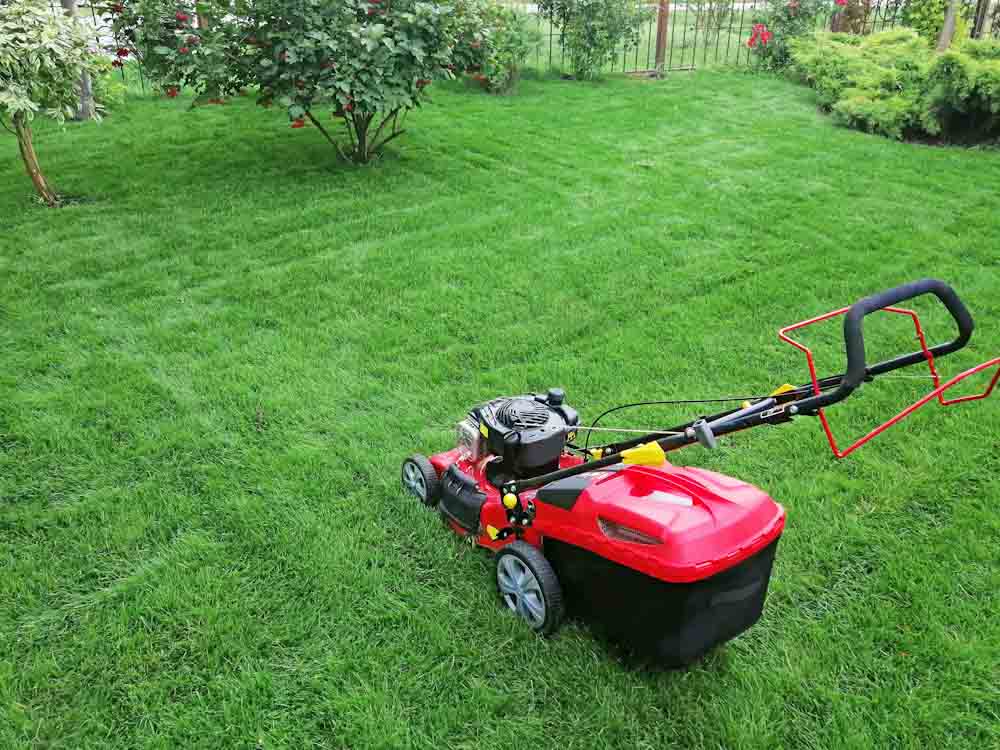
Mowing Lawn in Backyard
